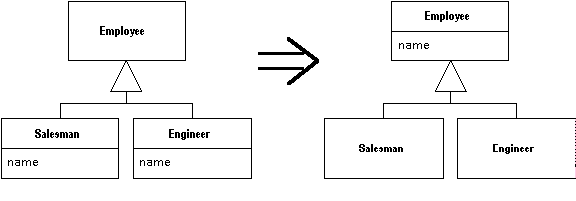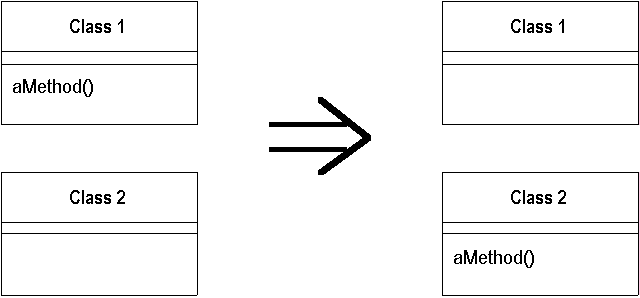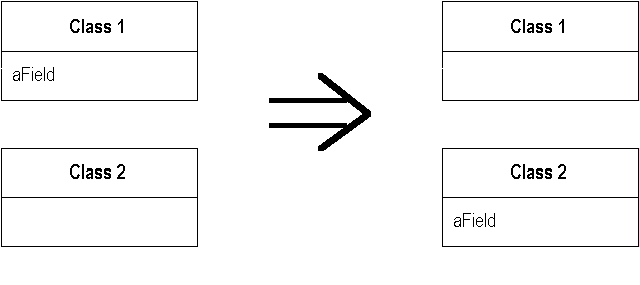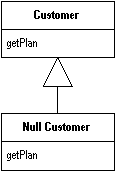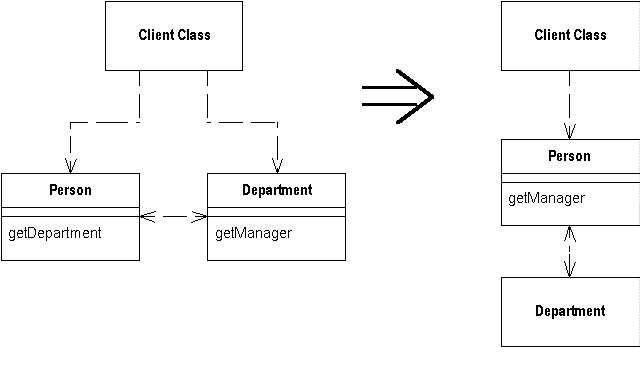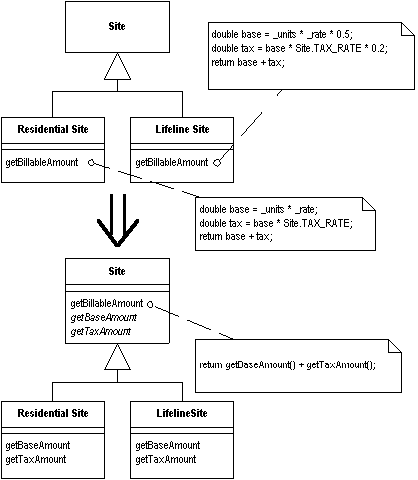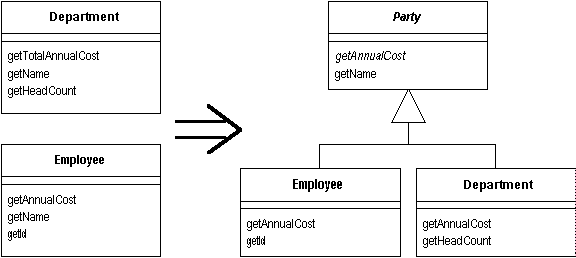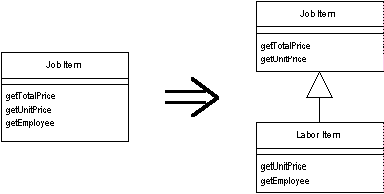Introduce Local Extension
A server class you are using needs several additional methods, but you can't modify the class.
Create a new class that contains these extra methods. Make this extension class a subclass or a wrapper of the original.

For more information see page
164 of
Refactoring
Additional Comments
Using Free Functions in C++
--Andy Glew writes:
I comment on this in the light of the recent comp.lang.c++.moderated discussion of using object.method() or free functions,
possibly friends, in a class interface. I.e. this comment is
more C++ oriented than Java oriented.
Briefly, if the original class used free functions for this sort
of interface, the assymmetry introduced by wrapping a class's
object.methods() would not exist. In C++
class MfDateSub {
private: Date _original;
// wrapping the symmetric operator after(date1,date2)
public: friend bool after (MfDateSub arg1, MfDateSub arg2) {
return after(arg1._original,arg2._original);
}
public: friend bool after (MfDateSub arg1, Date arg2) {
return after(arg1._original,arg2);
}
public: friend bool after (Date arg1, MfDateSub arg2) {
return after(arg1,arg2._original);
}
};
Now all combinations work; the wrapping is more invisible to the user.
Even better if the free function
after(date1,date2) does not require friendship --- although the definition of the extensions gets spread
into a few more places.
Note that in the example above, however, an implicit conversion of a MfDateSub value to a Date would suffice.
class MfDateSub {
operator Date() const { return _original }
}
although this approach cannot always work, e.g. when there
is extra data to be compared in the extension.
CONCLUSION: using free functions in an interface allows a greater
degree of syntactic transparency when wrapping.
Return type for extra methods
--Dmitri Colebatch wrote in to ask why when using the subclass I didn't return the subclass in the extra methods. So I have added the nextDay method to MfDate, but it returns a Date not an MfDate. I can't think of any good reason to return the superclass, so I agree with him and suggest returning MfDate instead. The same is true for the wrapper implementation as well. After all if the client is using the extra method, they are aware of the new class. This way they avoid having to futz with the returned object if they want to invoke other extension methods.
***** 아름다운프로님에 의해서 게시물 복사 + 카테고리변경되었습니다 (2003-12-18 17:27)
